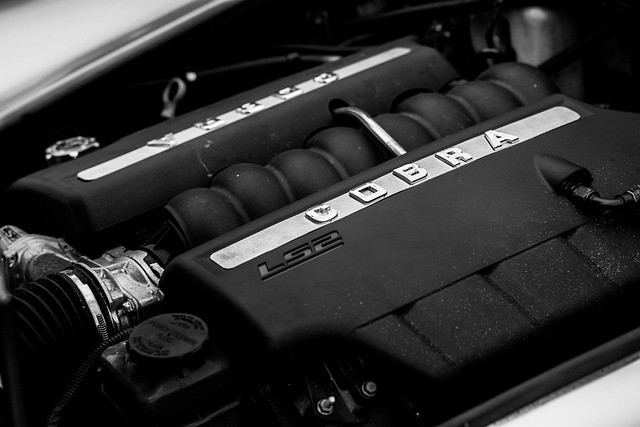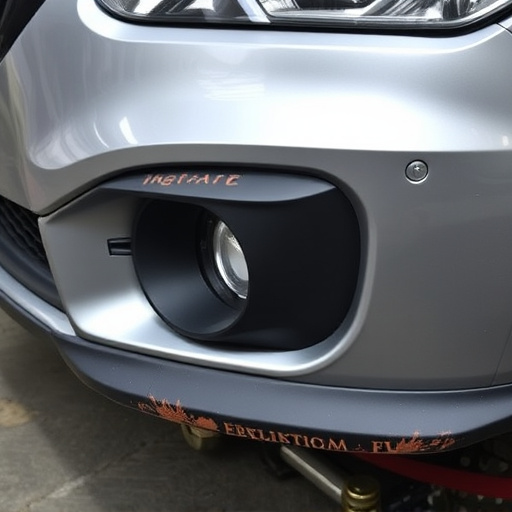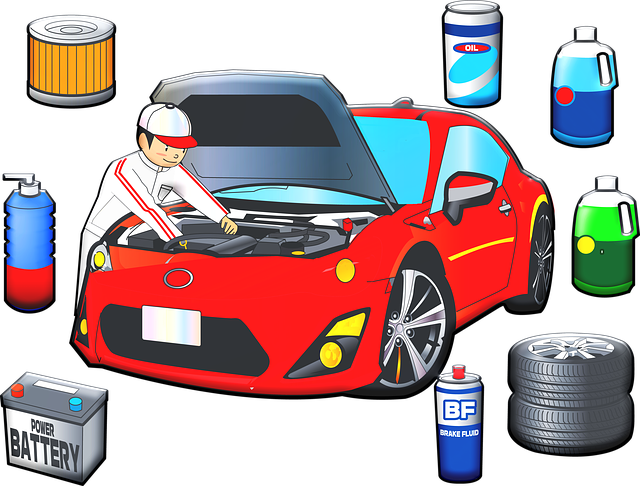In auto body repair, documentation is key for maintaining quality, accountability, and client trust. Every step of the process—from damage assessment to final finishing—is meticulously recorded, serving as an audit trail accessible to technicians and customers. Proper documentation improves communication, ensures repair scope alignment, aids legal protection, and streamlines insurance claim processing. It's essential for accuracy in recording details like measurements and materials, maintaining repair integrity, and building client trust. Detailed records are invaluable for future projects, offering insights into proven techniques. This is crucial for shops specializing in services like fender repair, enabling consistent quality delivery, cultivating trust, and maintaining market competitiveness. Documentation is also a legal necessity, protecting both shops and customers, and aids in insurance claim processing and technician skill development.
In the realm of auto body repair, meticulous documentation is paramount. Proper record-keeping ensures not only quality and customer satisfaction but also adheres to legal and insurance requirements. Technicians employ diverse tools and techniques, from photography for before-and-after visual records to digital reporting software for efficient, organized data management. This article explores the significance of detailed documentation in auto body repair, delving into the step-by-step process, essential practices, and cutting-edge technologies that technicians utilize to capture every facet of the intricate auto body repair process.
- Understanding the Importance of Documentation in Auto Body Repair
- – The role of detailed records in ensuring quality and customer satisfaction
- – Legal and insurance requirements for proper documentation
Understanding the Importance of Documentation in Auto Body Repair

In the meticulous world of auto body repair, documentation is not just a peripheral task but a core component that ensures precision, accountability, and quality control. Every step of the auto body repair process, from assessing damage to applying the final coat, needs to be meticulously recorded. These detailed records serve as a tangible link between the initial state of a vehicle and its restored condition, providing a clear audit trail for both technicians and customers. Proper documentation facilitates seamless communication among team members, ensuring everyone is aligned on the repair scope and specifications.
Moreover, comprehensive documentation plays a pivotal role in legal protection, serving as irrefutable evidence should any discrepancies arise. It also aids insurance companies in processing claims efficiently. Whether it’s for car paint repair, auto dent repair, or auto collision repair, every detail, from measurements to materials used, needs to be accurately documented. This not only safeguards the integrity of the repair work but also fosters trust between repair shops and their clients.
– The role of detailed records in ensuring quality and customer satisfaction

Detailed records play a pivotal role in the auto body repair process, serving as a cornerstone for maintaining quality and fostering customer satisfaction. Each step of the restoration journey, from initial assessment to final inspection, is meticulously documented. This meticulous approach ensures that every detail is accounted for, enabling technicians to track progress and identify potential issues early on. Well-documented records also facilitate effective communication between staff members and with customers, ensuring everyone is aligned on expectations and repairs performed.
Moreover, these records act as a valuable reference for future projects, providing insights into successful techniques and areas for improvement. For an automotive body shop offering services like fender repair, having comprehensive documentation allows technicians to consistently deliver high-quality results, build trust with clients, and maintain a competitive edge in the market.
– Legal and insurance requirements for proper documentation

Proper documentation during the auto body repair process is not just a best practice—it’s a legal and insurance requirement. Every body shop must maintain detailed records to ensure compliance with local, state, and federal regulations. These documents serve as a crucial defense against potential disputes or claims, protecting both the shop and the customer. For instance, in the event of an accident, insurance companies will scrutinize repair estimates and work orders to verify the extent of damage and the accuracy of charges.
Accurate documentation also includes taking before-and-after photos of the vehicle, detailing each step of the auto dent repair or other body shop services performed. This visual evidence can be invaluable in demonstrating the quality of work done and facilitating smoother insurance claim processing. Keeping meticulous records not only helps in resolving customer concerns but also enables technicians to track their progress, learn from past projects, and continuously improve their skills in providing top-notch auto maintenance services.
Proper documentation is an integral part of the auto body repair process, serving as a safeguard for both technicians and customers. By maintaining detailed records, technicians ensure the highest quality standards, facilitating efficient repairs and fostering customer satisfaction. Furthermore, it adheres to legal and insurance requirements, protecting all parties involved in the event of disputes or future references. This meticulous approach not only ensures the integrity of the repair work but also enables seamless communication and collaboration within the industry.














